Church at Auvers
This painting, created in 1890, embodies van Gogh's distinctive style and emotional intensity. The choice of subject matter, a church in the village of Auvers-sur-Oise, reflects the artist's fascination with rural landscapes and architecture.
The use of bold, swirling brushstrokes and vibrant colors conveys van Gogh's emotional response to the scene. The dramatic, almost turbulent, application of paint suggests the artist's inner turmoil and heightened sensitivity to his surroundings. The thick impasto technique adds texture and depth to the work, inviting the viewer to experience the painting on a tactile as well as visual level.
The composition of the church, with its towering steeple and surrounding trees, creates a sense of verticality and spiritual presence. Van Gogh's expressive use of color, particularly his use of complementary shades of blue and yellow, evokes a powerful sense of contrast and energy. The play of light and shadow further enhances the dynamism of the scene, imparting a sense of movement and vitality to the depiction of the church.
In "Church at Auvers," van Gogh transcends mere representation to convey a profound emotional and spiritual resonance. The painting reflects the artist's relentless pursuit of capturing the essence of his subjects through his unique visual language. Through his intense, personal interpretation of the church at Auvers, van Gogh invites the viewer to share in his profound connection to the world around him.
In conclusion, "Church at Auvers" stands as a testament to van Gogh's ability to infuse his art with raw emotion, vibrant energy, and spiritual depth. The painting remains a compelling example of the artist's distinctive style and his unyielding commitment to expressing the essence of his subjects.
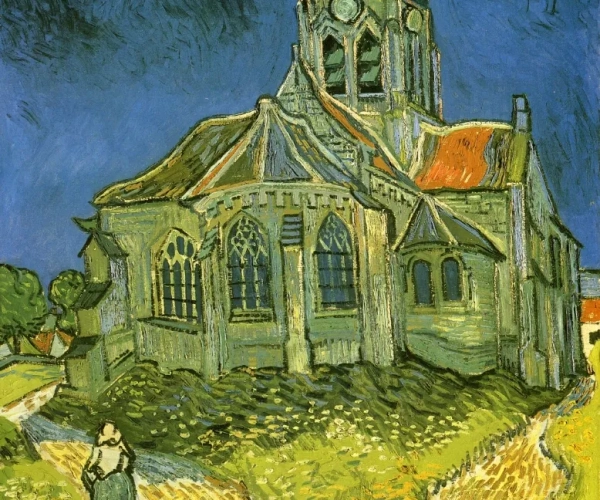
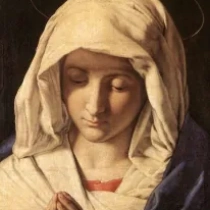
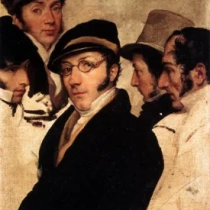
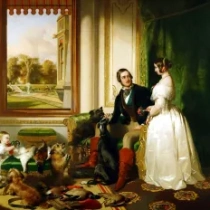
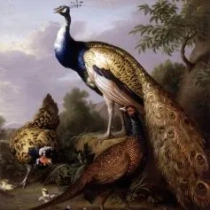

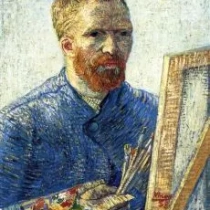
No Comments Yet...